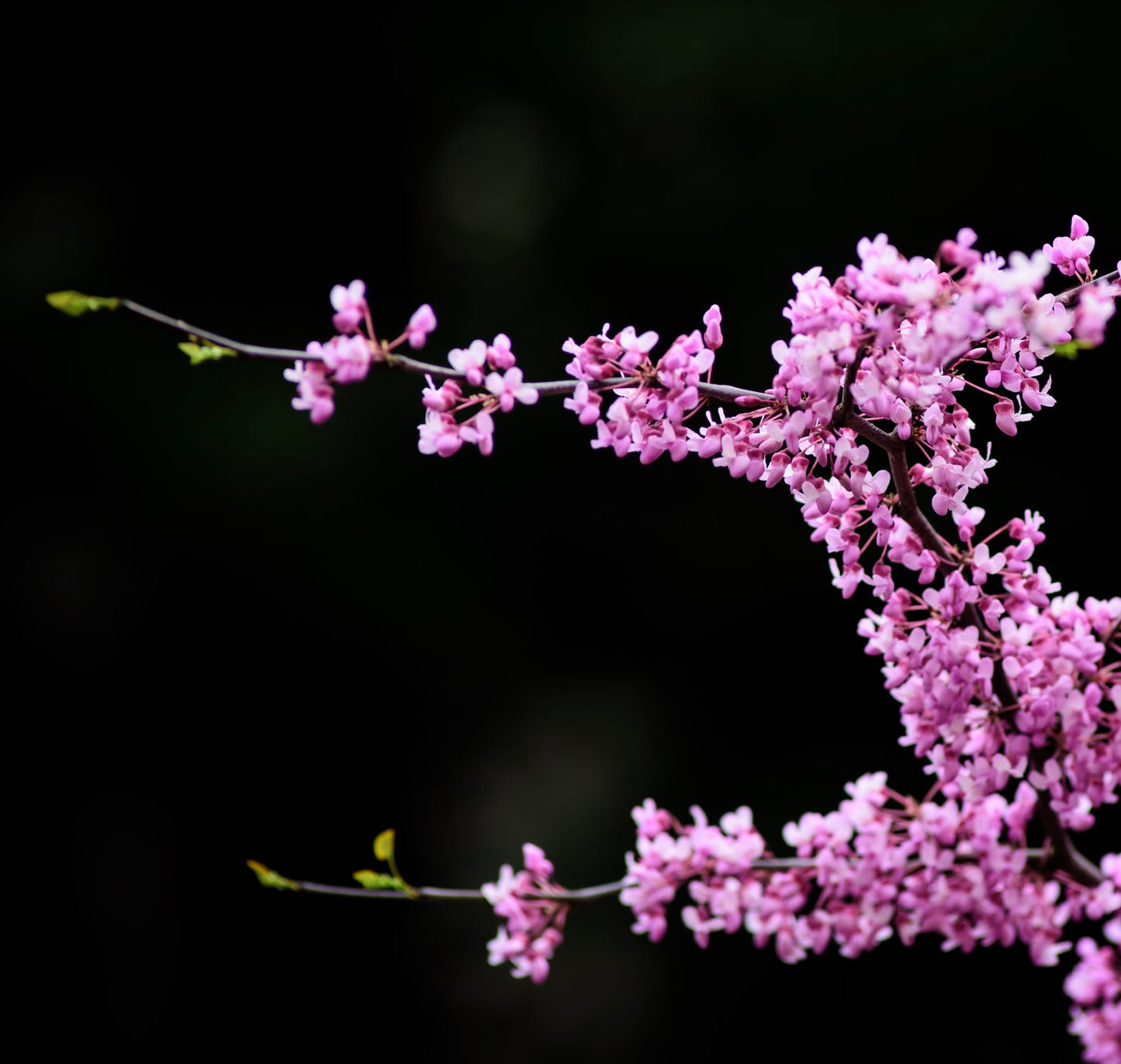- Catalogue Plants
Cercis siliquastrum 15-20cm
Cercis siliquastrum 15-20cm
Couldn't load pickup availability
Plant Description
A phytosanitary certificate (for additional costs of €20,00) is necessary for export plants from Italy to ALL destinations out of EUROPEAN COMMUNITY.
Among which: United Kingdom Turkey, South America, USA, Canada, Australia, Japan, Singapore, Philippines, South Korea, Thailand, etc.
Disclaimer: Please keep on mind that the plant may have grown since pictured. Also be aware that most plants change across seasons. If present foliage could have been fallen or change in its color.
Botanical family: Fabaceae
Botanical genus: Cercis
Botanical species: Cercis siliquastrum
SKU:BA-0695-S
Cultivation
Cultivation
Additional information
Additional information
Plant Height: 15-20cm
Plant Diameter:
Picture Taken on:
Pot Size:
Grafted/Not Grafted:


